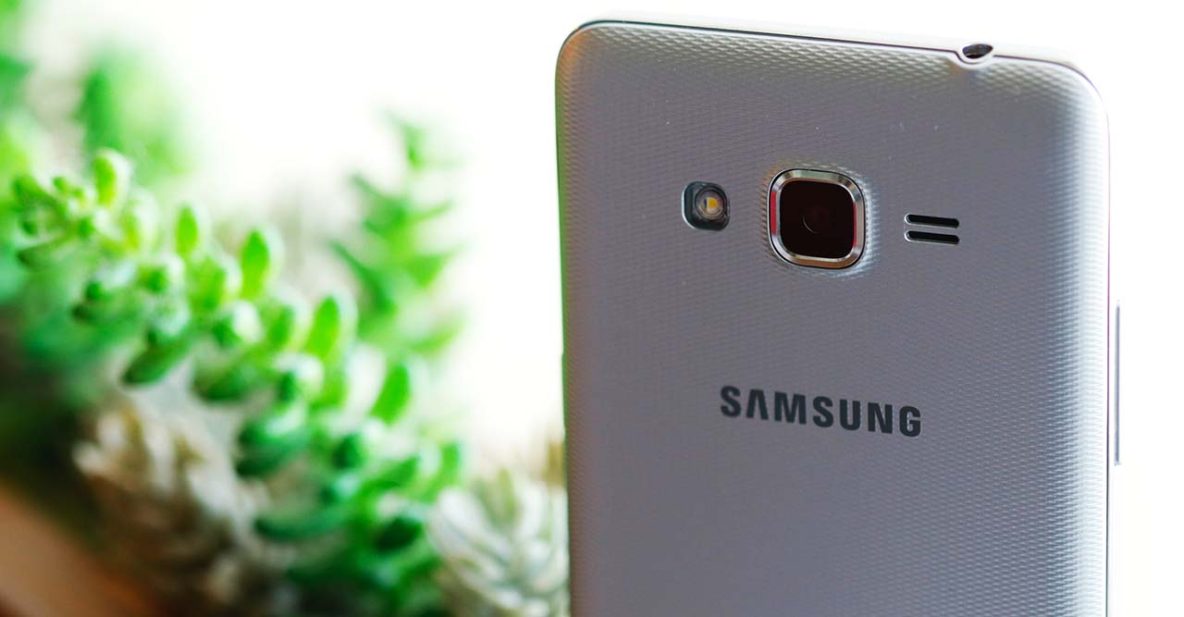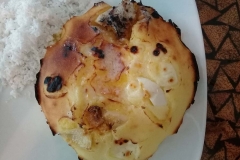Available in black, silver, or gold, it’s already on sale in the Philippines for P5,990 or approximately $121. That isn’t much, though it’s not like you’re getting a ton of value for your money, anyway, at least compared to what should fairly be expected of a modern budget offering in the make of the Vivo Y53 or Cherry Mobile P1 Plus.
SEE ALSO: Samsung Galaxy C9 Pro with 6GB RAM launched in PH, takes on OPPO F3 Plus
While it comes from the same company that has built what might be this year’s best smartphone, the Samsung Galaxy J2 Prime is compromised in ways you don’t see with many low-cost options. It’s cheap, yes — it sets one of the lowest bars for entry of any Sam my phone. But it also looks dated and feels underwhelming.
What it’s like to use as a daily driver
Plain as vanilla ice cream. It gets things done — although obviously not in a jiffy — yet nothing really stands out. The entire assembly is made of plastic and plastic made to mimic the physical traits of metal, and you probably can see it from a mile away.
The removable back cover is textured, which gives a good grip and brings some flair into a somewhat boring but handy rectangular slab of electronics. The bezels are chunky all around, especially at the top and bottom of the screen, and the 8.9mm profile thickness is noticeable, too. In general, we’ve seen better-looking and more functional designs that sell for less.
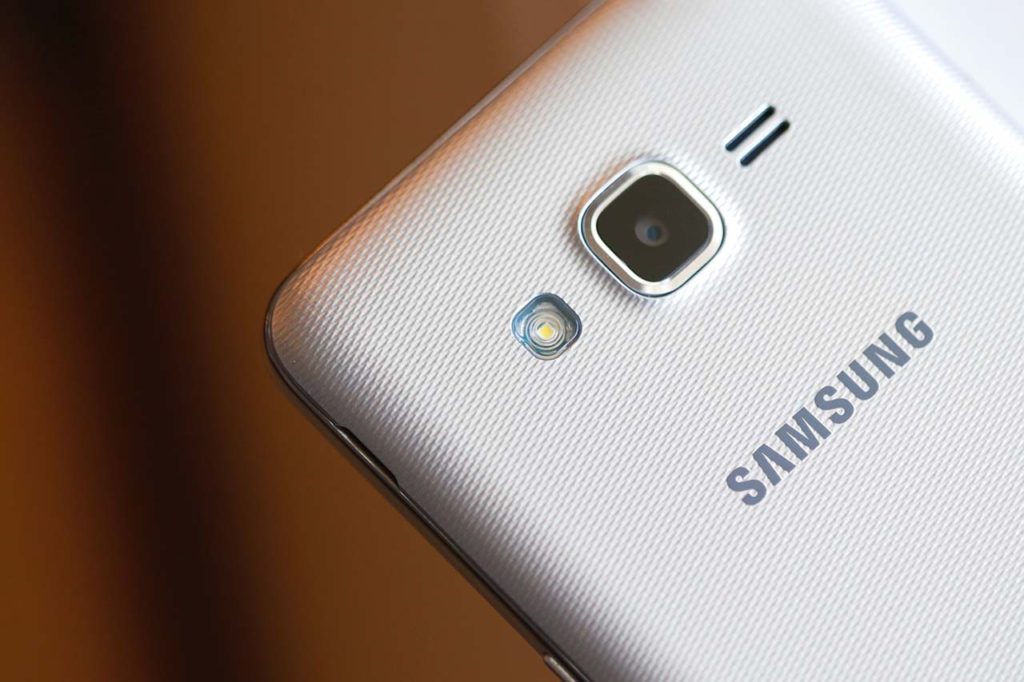
The Samsung Galaxy J2 Prime’s removable back cover is textured.
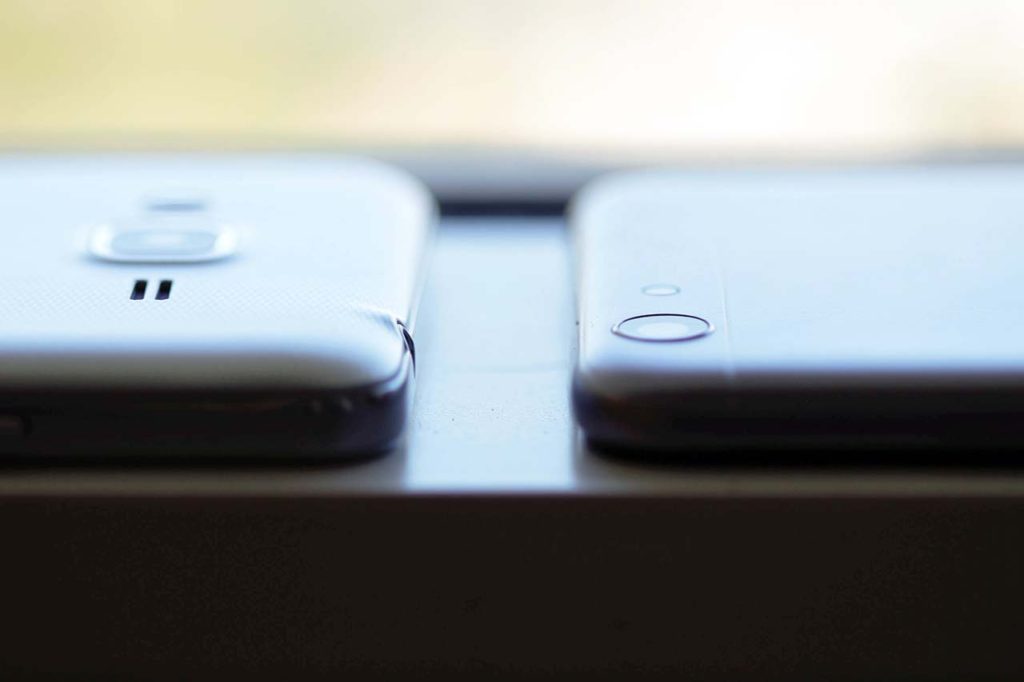
Thickness comparison: Samsung Galaxy J2 Prime (left) vs Vivo Y53 (right)
On a positive note, its relatively compact size means you won’t have any problems shoving the Samsung Galaxy J2 Prime in your jeans pocket or handbag, and typing with one hand shouldn’t prove difficult, unlike doing it on a big phone’s screen. Also, your fingers — regardless of their length — are more likely to reach the corners with ease.
The 5-inch LCD screen has a 960 x 540 resolution — lower than one might expect of a 2017 smartphone that costs north of P5,000 ($101). Worse still, the actual quality of the display is dismal compared to its peers. It lacks punch and looks a little muddy, though it can be bright enough to work well outdoors under sunlight. Samsung is marketing the Galaxy J2 Prime as an entry-level smartphone, and it shows in the technical limitations of the hardware.
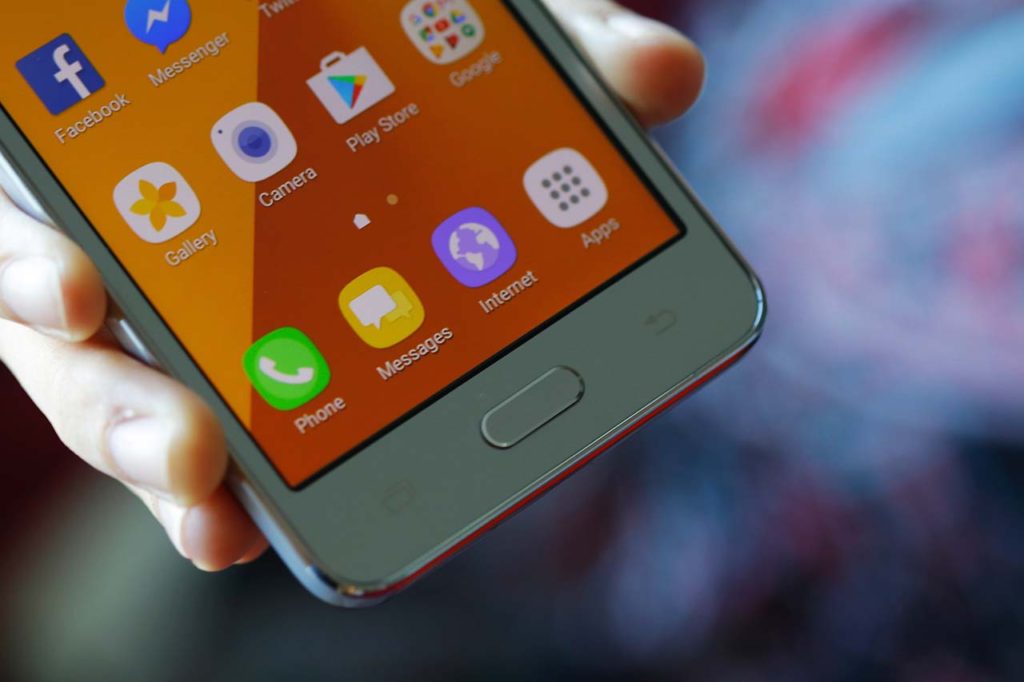
The 5-inch LCD screen of the Samsung Galaxy J2 Prime can be bright enough to work well outdoors under sunlight.
What about the cameras?
Under ideal conditions outdoors, they’re fine for anything intended for social media. But real talk: This phone won’t replace a standalone camera, even a dated model from the bargain bin. The Samsung Galaxy J2 Prime features an 8-megapixel camera round the back and a 5-megapixel one for capturing selfies and video calling, each behind an f/2.2 lens.
Nothing out of the ordinary, really, except for the inclusion of a front-facing flash for brighter shots of your mug. Not that it makes a huge difference in low light, as the flash is weak and the camera (take your pick) isn’t built for taking quality photos. HD video recording, if you absolutely need it, is available at 30 frames per second.
Resized sample photos taken with the Samsung Galaxy J2 Prime
Can it play games?
Yes, the Samsung Galaxy J2 Prime has a decent platform that handles Mobile Legends and other basic 3D games at solid frame rates. The lower screen density and quad-core MediaTek processor with 1.5GB RAM and Mali-T720 graphics make sure of that.
The Samsung Galaxy J2 Prime has a decent platform that handles Mobile Legends and other basic 3D games at solid frame rates.
The limited, 8GB built-in storage, however, means you can’t install graphics-heavy titles like NBA 2K17, which clocks in at around 3GB — even with an SD card on board. 8GB, though it should sound familiar, isn’t much by today’s standards. We wish Samsung had offered more storage to future-proof the J2 Prime a little.
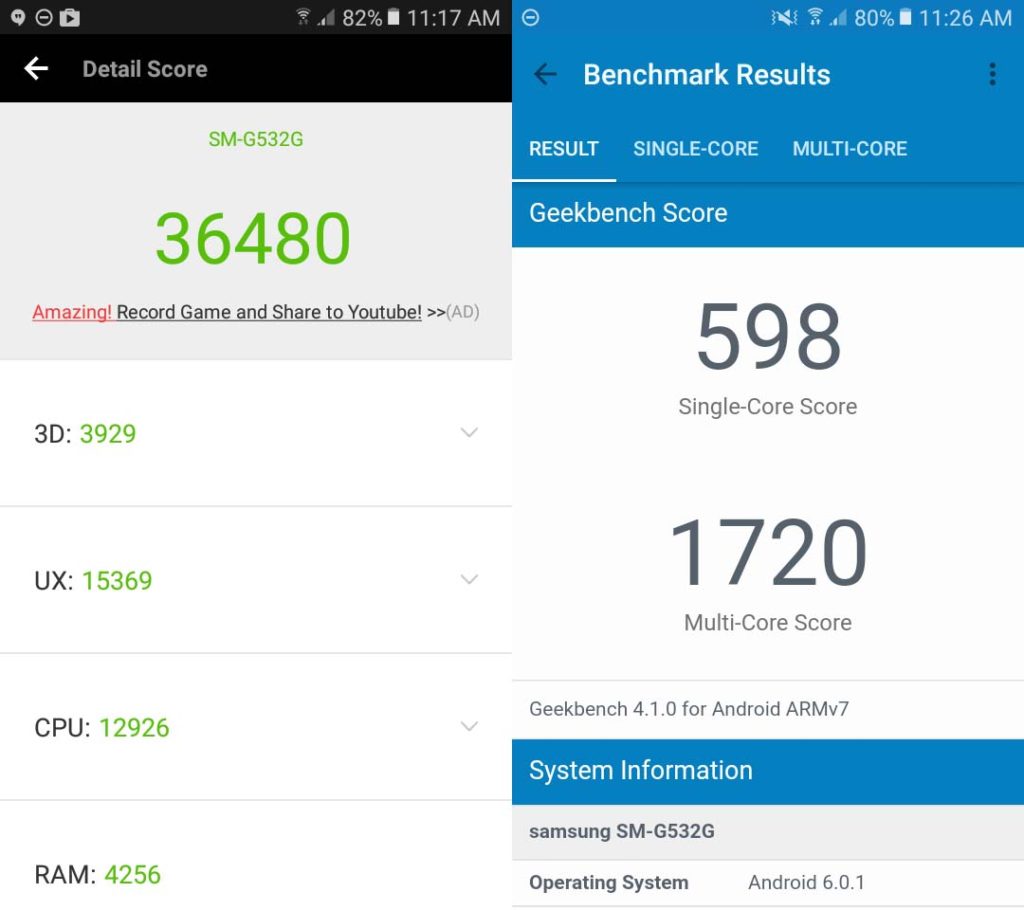
These are the Samsung Galaxy J2 Prime’s Antutu and Geekbench benchmark scores.
Anything else worth mentioning?
The Android Marshmallow-based UI is clean and straightforward, similar to that of modern Samsung phones. Our weeks of testing didn’t see too many random bouts of lag, and jumping in and out of open apps wasn’t clunky.
The removable battery — a 2,600mAh unit — is enough to last a second day. On top of that, the Galaxy J2 Prime has a battery-saver mode to keep the lights on longer, but it would come at the cost of disabling some key, mostly online, functionality.
Unlike earlier budget offerings from Samsung, the Galaxy J2 Prime supports 4G LTE networks, which is now a must-have in any smartphone as carriers continue to aggressively expand access across the Philippines. We had zero issues with cellular reception on local networks during our review period.
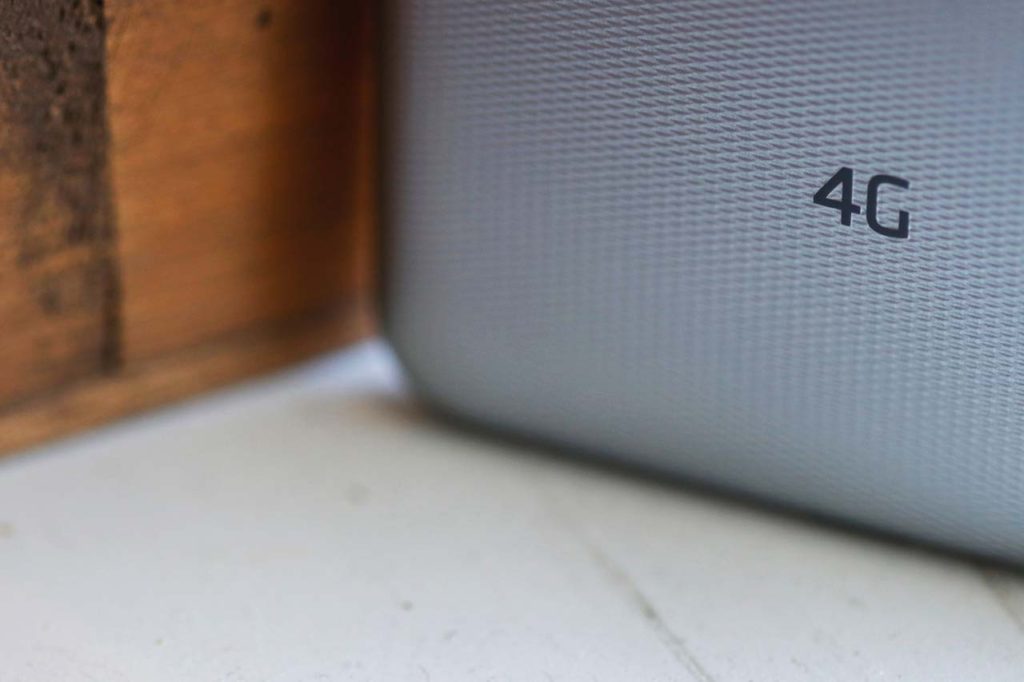
4G at last!
The Android Marshmallow-based UI is clean and straightforward. The removable, 2,600mAh battery is enough to last a second day. And unlike earlier budget offerings from Samsung, the Galaxy J2 Prime supports 4G LTE networks.
Final thoughts
Samsung has put forth some brilliant hardware recently, the last of which is arguably the best Android phone ever built. The Galaxy J2 Prime, though, falls short in many areas where other phones of similar value manage to hold up.
And while it’s easy — perhaps even reasonable — to blame the very agreeable price point for the uninspired design; the low-res screen; the middling cameras; and the limited space for apps and files, the same does not apply for other similar options on the market today. Samsung will and should try again next year.
Share this Post


